Tips for Growing Autoflowers in Coco Coir
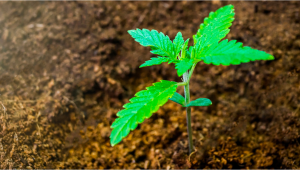
- 1. The qualities of coco coir
- 2. What types of coco i can find?
- 2. a. Coco in a brick
- 2. b. Loose coco
- 3. Choosing the right type: inert or amended
- 3. a. Inert coco
- 3. b. Amended coco
- 3. c. Pre-mixed coco-coir blends
- 3. d. What pots should you use for coco cultivation?
- 4. Different types of additives
- 4. a. Perlite
- 4. b. Soil
- 5. Watering and feeding
- 6. Different medium mixes
- 7. In conclusion
Coco coir (also known as coco fiber) is an organic medium extracted from the outer layer of coconuts, it is primarily known for absorbing and retaining water better than any other medium, you can find it pre-mixed with nutrients or amend it yourself, mix it with additives (like perlite or soil). To help you choose what suits you the best, we've separated a couple of tips.
Coco-coir is quickly becoming a favorite medium among both novice and experienced growers alike. It is a forgiving medium, and thanks to the fact that it is a soil-like substrate that can be controlled in a similar way to a pure hydro set up in terms of nutrient selection and dosing, it offers most of the advantages of both soil and hydro combined while cutting down on many of the cons.
In many ways, it is also the most budget and eco-friendly substrate currently available for cannabis cultivation, so let’s jump in and see why almost everyone is in love with coco-coir!
1. The Qualities of Coco Coir
Coco is a very good medium to use, thanks to it being fibrous and strong, it resists weathering, can be reused, holds onto water and nutrients and has a light texture, so it provides a good amount of oxygen to the roots.
2. What Types of Coco I Can Find?
Coco may come in loose fibers or compressed in a brick, quality is usually the same although sometimes depending on the brand it may be stronger or more brittle.
Coco in a Brick
Usually, people buying coco fiber in a brick are looking to save space and a couple of bucks. It's cheaper because you have a bit of work before using it and it saves up space because it comes compressed into a brick.
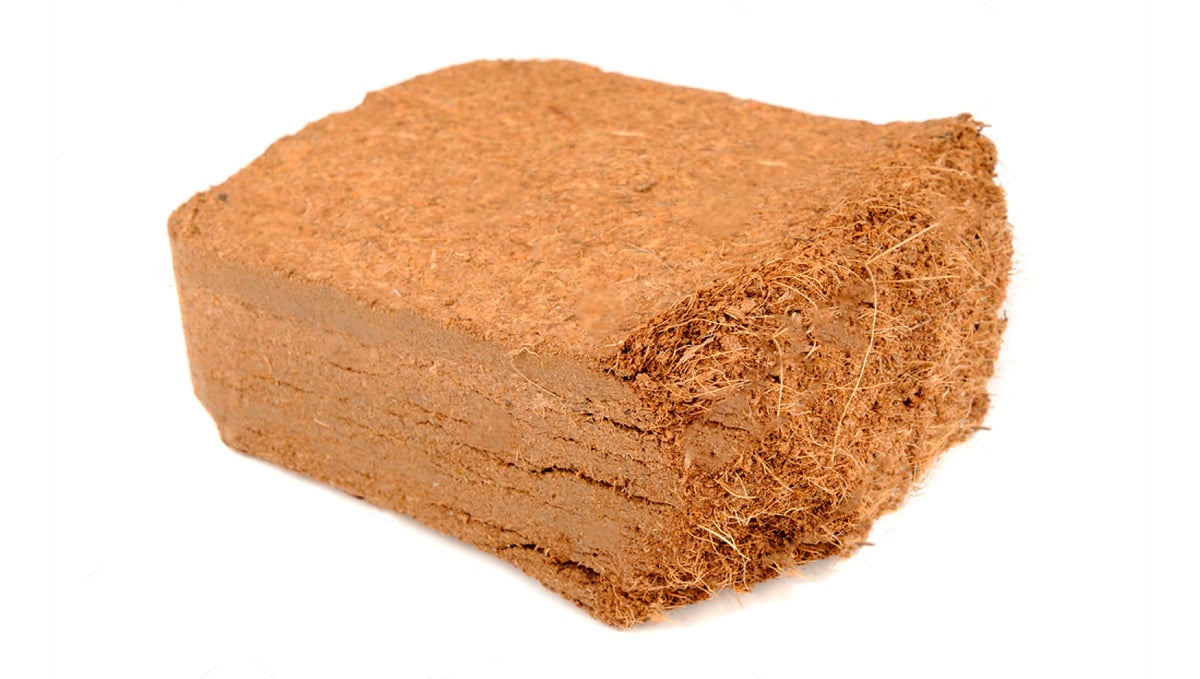
Tip
We recommend to bake it in the oven for a minimum of 4hs (up to 6hs) at 95 Celsius (203F) to kill any bug eggs left in it.
After letting it cool down, you have to immerse the whole brick in a big tub of water (25L, about 6.6 gal), you can use a mix of water and 10% bleach, but if you already used the oven technique, it may be an overkill.
Loose Coco
With loose coco you'll spend a little bit more but you can skip the oven, it's ready to use out the bag.
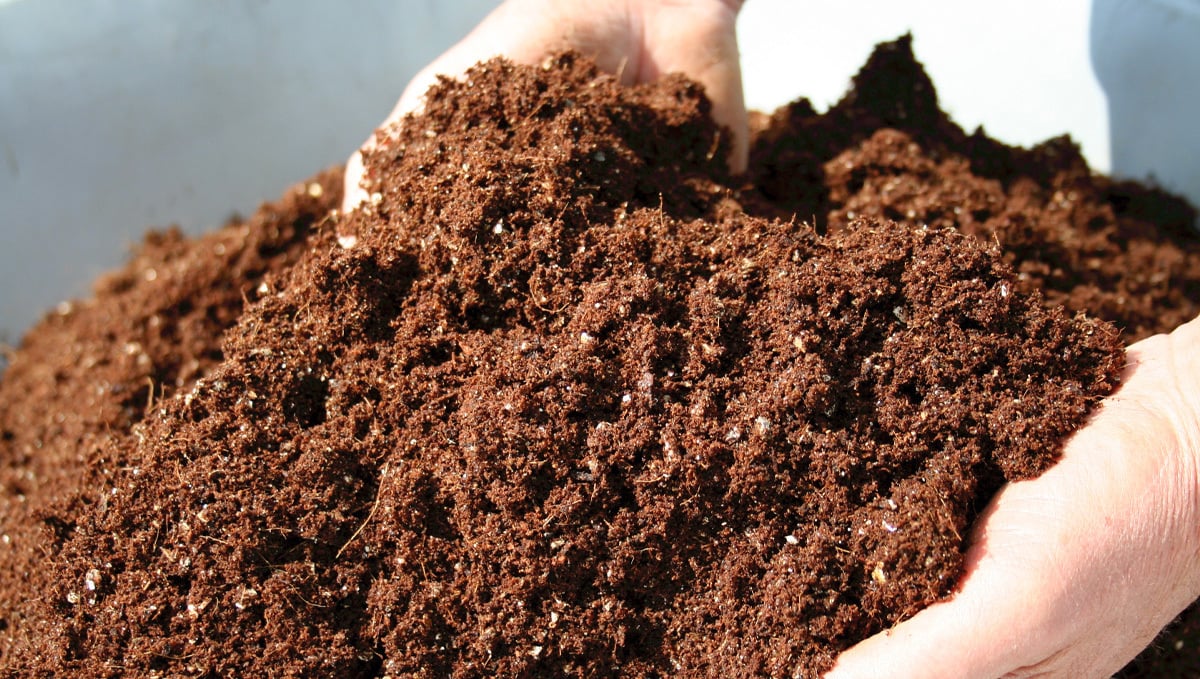
If you can't find a good brand and you want to be 100% sure it's clean, you could do the following:
Tip
Rinse coco to remove dust, if you suspect there are bugs in it, you can leave the fibers for a couple of hours in a tub with a mix of water and 10% bleach, it's important to rinse them thoroughly with water only and then let them dry overnight, you don't want to hurt your plants with any bleach left.
These days though, almost every single reputable nutrient brand is producing their own coco-coir mix available for use straight out of the bag. We recommend CANNA Coco Professional Plus (available in a loose or compact form - we like the loose form better), Roots Organics Coco Soilless Mix, FoxFarm Coco Loco, and Mother Earth Coco Mix.
3. Choosing the Right Type: Inert or Amended
Inert Coco
Coco coir mostly comes inert, which means it does not have any nutrients in it, although you can find a wide variety of amended coco, and it definitely will ease your work, it comes pre-mixed so you cannot control the quantities and will not always be the best choice.
Amended Coco
If you're going to use amended coco we recommend testing it before or go for a low level of NPK and feed after if you see your plant is getting hungry.
For best results, you should buy inert fiber and mix with a powder nutrient mix of your choice, this way you can control the quantity of every single nutrient your plant will have access to.
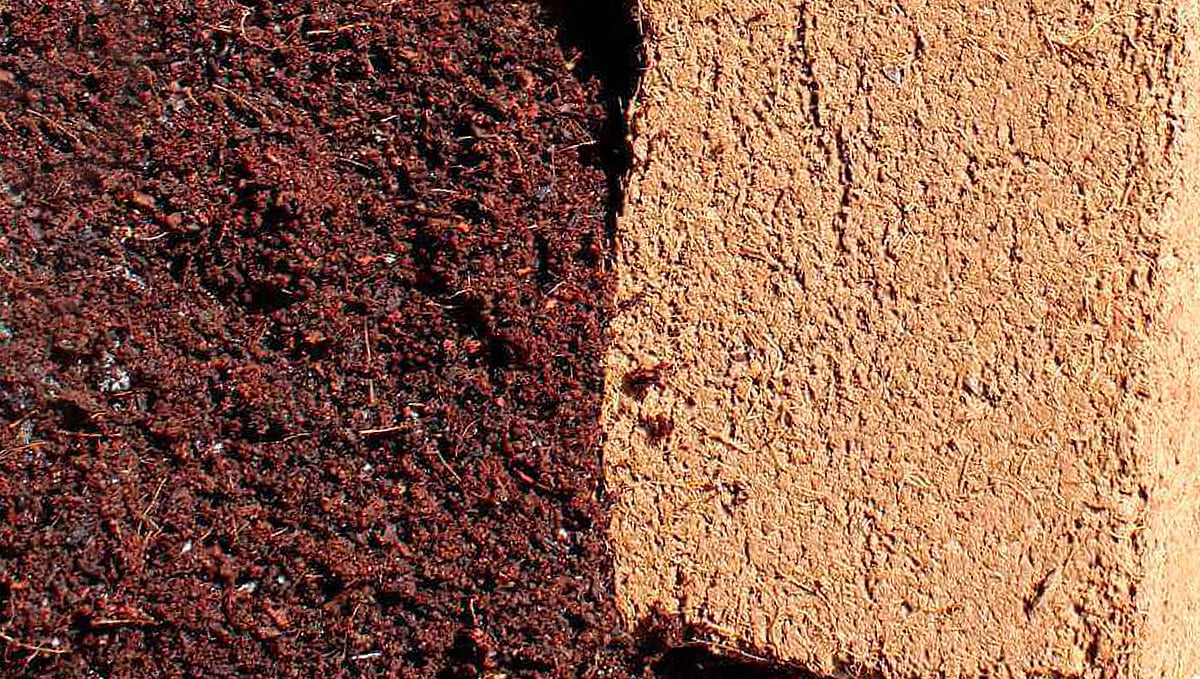
We recommend organic feeding, you'll have a happier plant with an overall better harvest, generally producing more terpenes. You will taste the difference!
Always keep in mind that you will have to adjust the quantities to be used with your autoflower. Nutrients generally come with instructions to be used with photoperiods. An excess of inorganic nutrients in the medium can burn the plant (compromising your harvest) or end up killing it. An excess of organic nutrients will not kill your plant but you'll be spending way more than you should.
Pre-Mixed Coco-Coir Blends
We mentioned some of the branded coco-coir options further up, but let's take a bit of a deeper look at the ones we recommend:
Canna Coco Natural
CANNA Coco Natural can be found in almost every single hydro supply store worldwide, and for good reason. Made from 100 percent Indian coconut husks, this fully natural and sustainable product is subject to strict quality controls throughout the entire processing period. It is one of the more gently buffered options on the market right now. This was the first coco-coir pre-mix we ever tested (years ago now), and while it is not the newest option - it's possibly the best.
Canna has another coco mix - CANNA Coco Professional Plus - which is another great option. but does come with stronger buffering. This is perfectly fine for most growers and even comes with some added advantages depending on the genetics grown and the cultivation style. The reason we like to stick to CANNA Coco Natural is that autos thrive in a less nutrient-dense medium, making this pre-mix perfect for almost all autoflowering strains.
Fox Farms Cultivation Nation® Seventy Thirty Growing Media
Cultivation Nation Seventy Thirty Growing Media is up there with the best options for growers who want the easiest route possible. It comes with everything needed to just plant and go, with the seedlings being fine without any added fertilizer or nutes for the first week or so when planted directly into Cultivation Nation Seventy Thirty Growing Media. It's best used in conjunction with the Cultivation Nation line of nutes, but don't go out of your way to source these exact bottles. Any coco-specific range of bottled nutrients will work just fine.
Fox Farms Bush Doctor® Coco Loco® Potting Mix
Sticking with Fox Farms, Bush Doctor is a beautiful blend of coco-coir and soil, and it's a great starting point for cultivators looking to benefit from the pros of coco-coir while sticking to an organic growing regime.
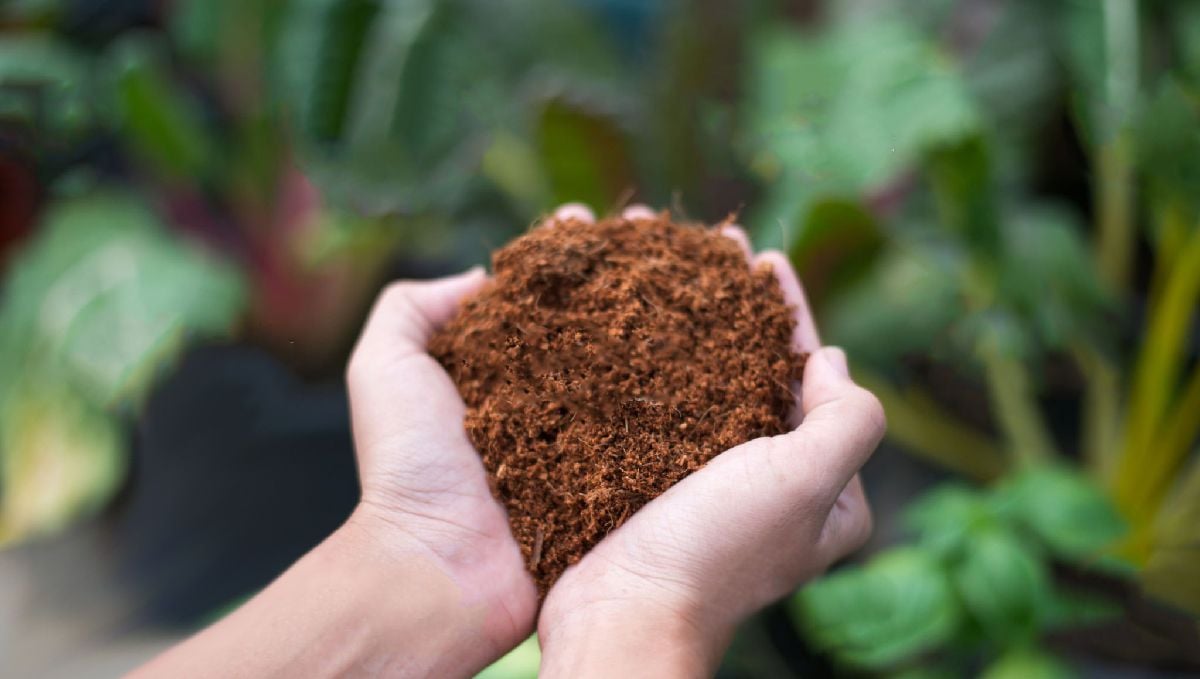
We find that when we mix the two Fox Farm pre-mixes together, the pre-buffering and soil amendments can support healthy plant growth for up to a month, at which point we feed the crop with either top-dressing organic slow-release nutes, or with some coco-specific nutes.
Roots Organics Soilless, Organic Coco Mix for Hydroponics with Beneficial Mycorrhizae
Another fully organic product, but this one also contains a very healthy dose of Mycorrhizal Fungi that significantly boost root function and health. There are actually a bunch of beneficial amendments in this bag, including:
- Perlite
- Pumice
- Earthworm Castings
- Bat Guano, Leonardite
- Volcanic Rock Dust
- Volcanic Ash
- Kelp Meal
- Greensand
It is also allowed to sit and cure for a minimum of 24 months. This is less common throughout the pre-mix coco industry, and something we really love to see. This curing period is vital in creating a bio-available environment for the roots, and it really shows. Out of all the options, we reckon that Roots Organics Soilless Coco is the best bang for your buck.
What Pots Should You Use For Coco Cultivation?
In terms of pot (or container) type, there is really only one option you should settle on these days. We are living in the generation of the fabric smart pot, and while they are a little more expensive than your regular plastic option, they are more than worth the extra cash.
For indoor plants, go with a 3-gallon sizing. For outdoor gardens, we recommend a 5-gallon sizing, as this allows for the plants to have more than enough root zone space to reach their genetic potential. If you can't get your hands on fabric smart pots, air pots are another great option. Worst comes to worst - plastic pots will do, just make sure you add extra drainage holes.
4. Different Types Of Additives
Before talking about additives, we need to talk about our climate. Being indoors or outdoor, our relative humidity should be around 60% and temperatures should be between 20 - 25 degrees Celsius (around 68 - 75 F). Obviously, that's a general rule and may depend from strain to strain.
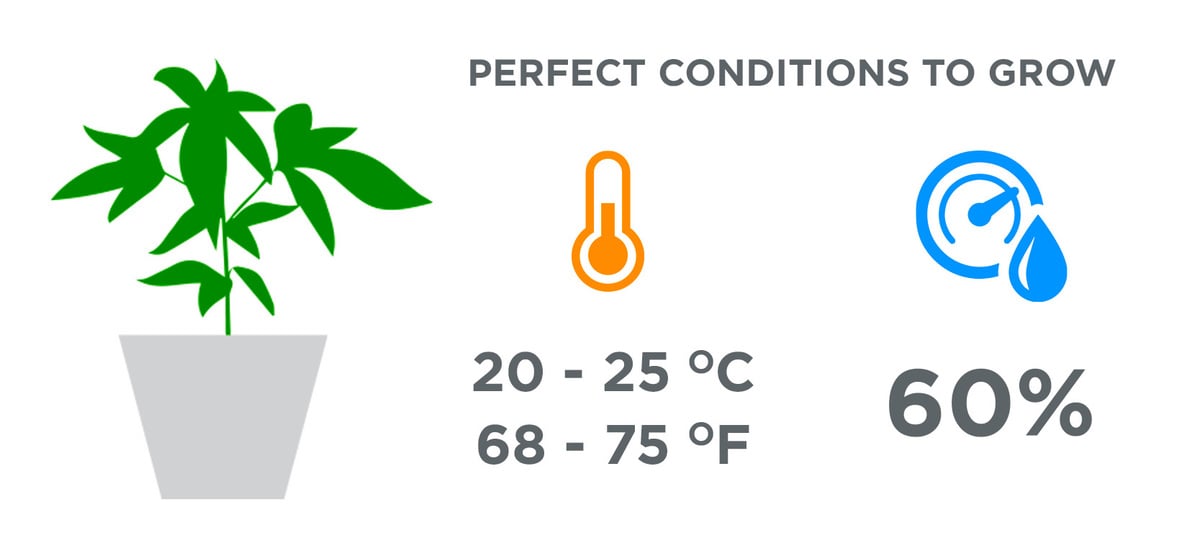
If our climate is not good enough we could have problems like our medium drying too quickly, holding too much water or roots not receiving enough oxygen. To achieve a good mix, we should learn about the qualities and characteristics of additives. A perfect medium should be fluffy enough for the roots to get oxygen but also hold a good amount of water.
Tip
To have 100% clean additives, we recommend rinsing with water and letting dry before using.
Perlite
Perlite is the small balls made mostly of silicon that is commonly found in many different potting and soil premixes found in all gardening stores. It is porous and should be used if you are watering too much, they'll help protect you against mold and will keep the medium oxygenated. Almost every single coco-coir mix will have perlite available in it, with many using a 70% coco-coir 30% perlite ratio.
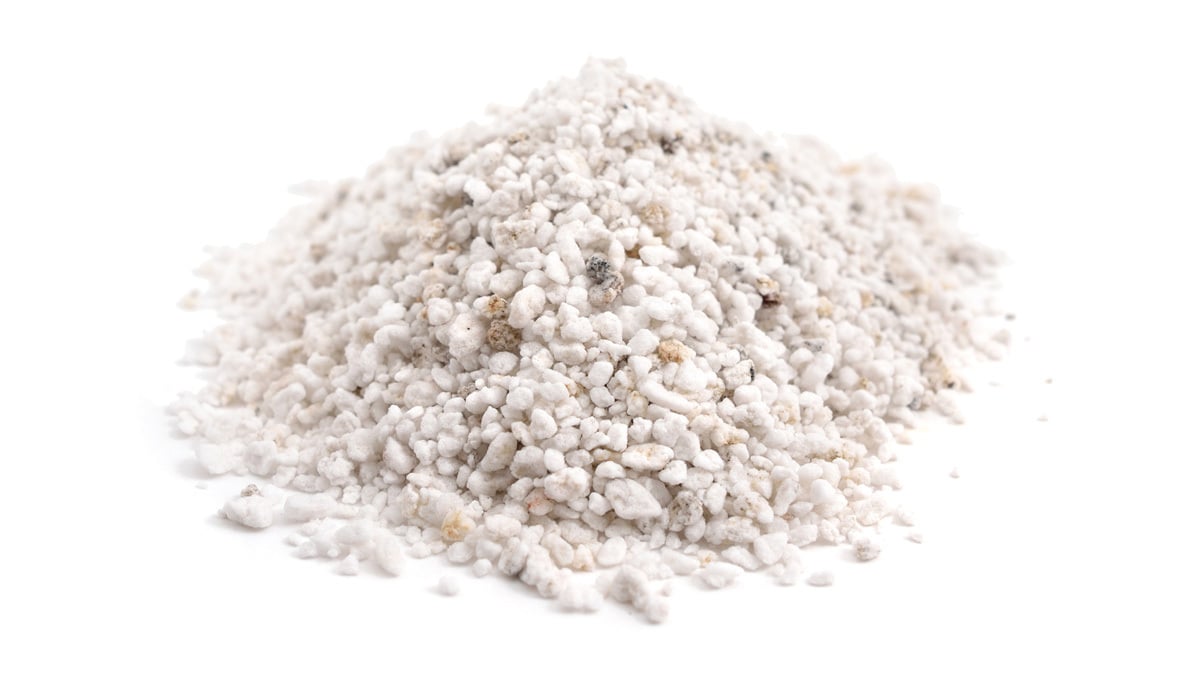
Tip
Perlite can be washed and reused for several harvests.
Soil
Soil + coco is usually mixed when you want to use pre-amended soil but need to hold more moisture. We recommend a mix of 50/50 soil to coco and adjust according to your preferences. You can mix amended soil or inert, also can mix your own mix of powdered nutrients to the inert soil of your preference.
5. Watering and Feeding
When watering coco, you should never let it dry out, try to keep the medium always slightly wet or at least damp. There are some situations where this statement is not 100% correct though. Many cultivators like to let the medium (whether that be coco-coir or soil) totally dry out once a week to promote vigorous root development. Think about it, if the roots are constantly supplied with the perfect amount of water then there is no use in them searching energetically for a new source, right? By depriving the root zone of water on the odd occasion, you can help that root ball develop into a monster. This sort of root training should only be done during the vegetative growth stage though, as the plant needs all the care it can get during the flower production stage.
When using a drip feeding irrigation system you’ll need to water up to 4 times a day in coco, depending on the climate and the stage the plant is in. When feeding inorganic, mix nutes with water, adjust pH and water.
If you’re using a top dressing or you already mixed nutrients in the medium just water, you don’t need to feed unless the plant is hungry. With organic feeding you don’t need to adjust pH, just mix nutes and water normally, if you’re using a top dressing or already have nutes mixed in soil only feed if the plant is hungry.
If you are hand watering then once a day is fine, but always remember to water or feed until you see a decent amount of runoff. This will ensure that there will be no buildup of nutrients in the medium, which is the leading cause of a nutrient lockout.
Tip
Try to use osmosis water or at least filtered water when feeding inorganic to you autoflower.
6. Different Medium Mixes
Here we leave a couple of recipes for different cases:
• General mix recipe: 30% coco, 20% perlite and 50% soil or 80% coco to 20% perlite.
• For a well-drained medium: 70% soil to 30% perlite.

- For a well-aerated medium: 80% coco to 20% perlite.
- If your soil is drying too quickly: 70% soil to 30% coco.
If this is a little confusing then just go for about 70% coco-coir to 30% perlite. This will cover most bases in most cases, and there’s no need to overthink this aspect too much, especially if you are new to cannabis cultivation. Remember to always add a decent layer of clay balls at the bottom of the pot to help with drainage, and to add an extra drainage hole or 10. Most store-bought plastic pots only come with a couple of drainage holes but trust us when we say the more the better.
3. In Conclusion
You need to remember not all plants are the same, there can be variations even in plants of the same strain. We recommend knowing each individual plant to deliver the optimal mix of nutrients and soil but like everything, there are exceptions.
Sometimes you’ll find plants that do well without nutrients, that’s the case of our Purple Lemonade, a cross between Purple and our citrus Cali genetics.
This autoflower will do exceptionally well without nutrients but will perform exquisitely with good quality nutrients and proper feeding.
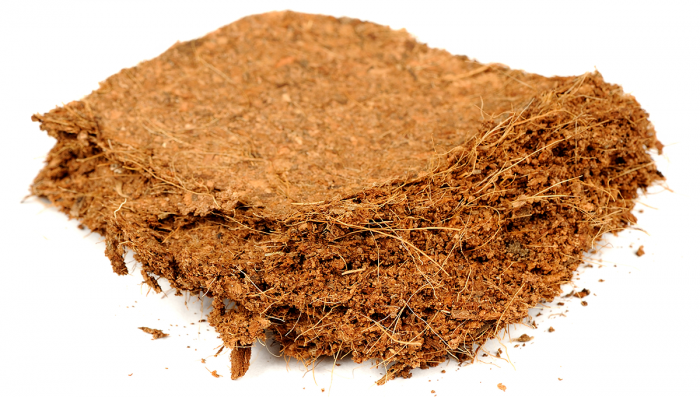







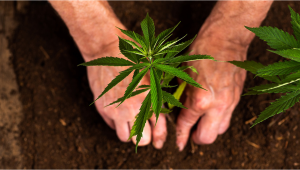


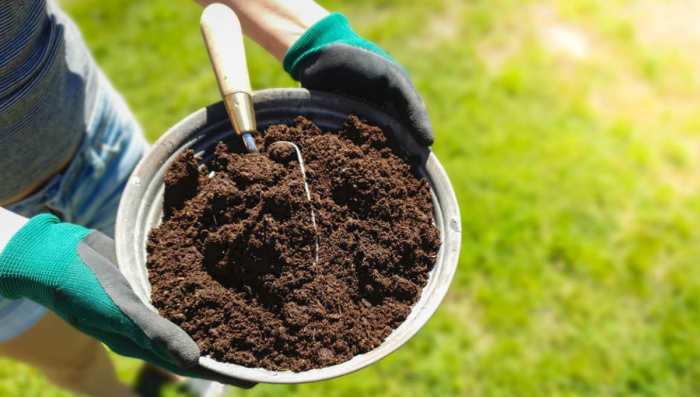
Comments